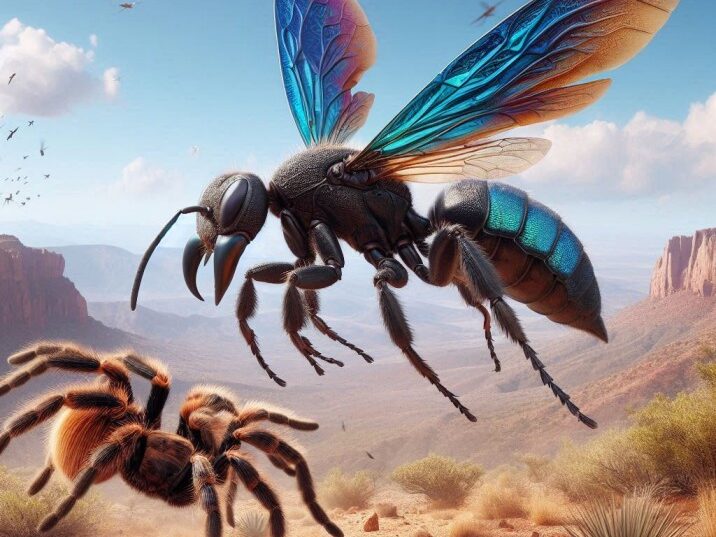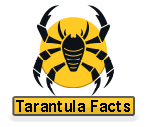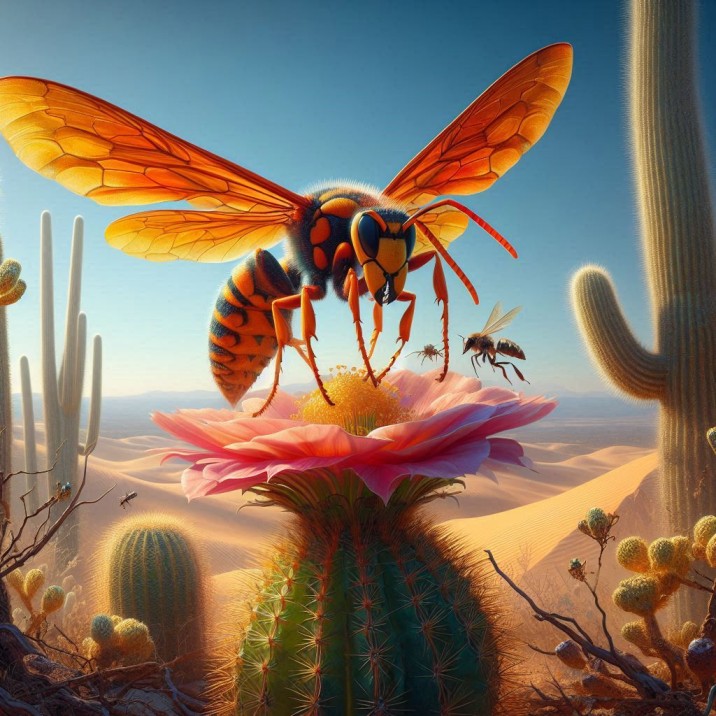Introduction
Table of Contents
Have you ever heard of the tarantula hawk? This isn’t a bird, but a large and unique type of wasp. Named for its fascinating hunting skills and its choice of prey—the tarantula—this insect is both beautiful and intimidating. This article dives deep into the life of the tarantula hawk, exploring its habitat, behavior, and unique characteristics. Perfect for curious young readers and adults alike, we aim to provide an engaging and educational journey into the world of this extraordinary wasp.

What Is a Tarantula Hawk?
The tarantula hawk is a type of spider wasp, scientifically known as Pepsis. This wasp is known for its striking appearance and its unique method of hunting and reproducing. Below are some of its main features:
Physical Characteristics
- Size and Color: This tarantula can be quite large, with a wingspan of up to 4.5 inches. It has a striking appearance, with a dark blue body and bright orange wings.
- Sting: The tarantula sting is one of the most painful in the insect world, ranked near the top of the Schmidt sting pain index.
Habitat
- Geographical Range: These wasps are commonly found in the deserts of the Southwestern United States, particularly in states like Arizona, New Mexico, and Texas. They also inhabit Central and South America.
- Environment: Hawk thrive in dry, arid environments where tarantulas, their main prey, are plentiful.
The Life Cycle of a Tarantula Hawk
Understanding the life cycle of the tarantulas hawks provides insight into its fascinating interactions with its prey.
Mating and Reproduction
- Mating Rituals: Male tarantula hawks often perch on tall plants to wait for potential mates. After mating, the female begins the search for a tarantula to serve as a host for her offspring.
- Paralyzing Prey: The female wasp uses her powerful sting to paralyze a tarantula. She then drags the tarantula to a burrow and lays a single egg on its body.
Development
- Larvae Stage: The egg hatches into a larva, which feeds on the still-living tarantula. It is careful to avoid the vital organs to keep the tarantula alive as long as possible.
- Pupation: After consuming the tarantula, the larva forms a cocoon and pupates. Eventually, it emerges as an adult wasp, ready to continue the cycle.
The Role of Tarantula Hawks in the Ecosystem
They play a vital role in their ecosystem, particularly in controlling the population of tarantulas.
Predator-Prey Relationship
- Tarantula Control: By preying on tarantulas, tarantula hawks help maintain a balance in the ecosystem. This prevents tarantulas from becoming too numerous.
- Pollination: Tarantula hawks also contribute to the ecosystem by pollinating flowers as they feed on nectar.
Defense Mechanisms
- Painful Sting: The hawk’s painful sting deters potential predators, allowing it to roam freely in search of tarantulas without fear.
- Aposematism: Their bright coloration serves as a warning to predators, signaling that they are not worth the risk.
Interactions with Humans
Tarantula hawks are generally not aggressive towards humans, but caution is advised due to their powerful sting.
Safety Tips
- Avoidance: If you encounter a with them, it’s best to admire it from a distance and avoid disturbing it.
- First Aid: If stung, seek medical attention if severe reactions occur, though most stings only result in temporary pain and swelling.
Conclusion
It is a remarkable example of nature’s diversity and complexity. From its painful sting to its fascinating life cycle, this wasp captures the imagination of those who learn about it. By controlling tarantula populations and contributing to pollination, the tarantula hawk plays an important role in its ecosystem. The next time you find yourself in the desert, keep an eye out for this amazing insect!
Table of Information
| Feature | Description |
|---|---|
| Scientific Name | Pepsis |
| Size | Up to 4.5 inches wingspan |
| Color | Dark blue body, bright orange wings |
| Habitat | Deserts of Southwestern U.S., Central & South America |
| Main Prey | Tarantulas |
| Sting Pain Level | Very high (near top of Schmidt sting pain index) |
FAQs
- What does a tarantula hawk eat? Tarantula hawks primarily feed on nectar, but their larvae feed on tarantulas.
- Where are tarantula hawks found? They are found in the deserts of the Southwestern U.S., Central America, and South America.
- How painful is a tarantula hawk’s sting? Their sting is extremely painful, ranking near the top of the Schmidt sting pain index.
- Do tarantula hawks attack humans? Tarantula hawks are not aggressive towards humans unless provoked.
- What is the role of a tarantula hawk in the ecosystem? They help control tarantula populations and pollinate flowers.

